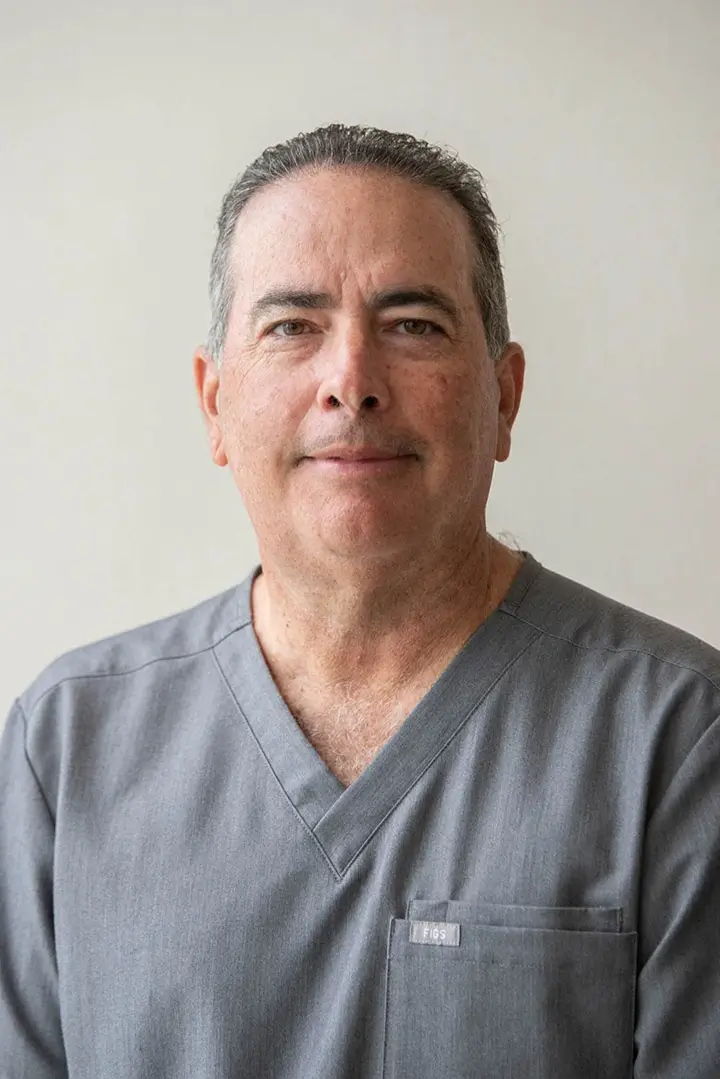Without the slightest bit of knowledge as to what is possible, probable, or even feasible, politicians will ask us to allocate billions for stem cell research. We were told that embryonic stem cells were the only answer for treating diabetes, MS, blindness, Parkinson’s, spinal cord injury, and heart disease. But the truth is that embryonic stem cells have failed in every single category. Successful treatments do exist for these conditions, but they are all derived from adult stem cells, which are non-controversial, and non-embryonic.
With what could be considered the most important medical advancement in history coming to fruition as we debate on ethics, it is sad that we don’t receive non-selective, factual, and accurate news. With all the important breakthroughs that are taking place, it is amazing that the public is being kept in the dark.
Stunning the entire research community last week, revered embryonic scientific stem cell leader Ian Wilmut (cloner of Dolly the sheep) made an announcement in support of adult stem cells over embryonic. His decision was based on solid scientific principal as opposed to religious or moral preference. Professor Wilmut has always maintained that there is a better way to accomplish the objective without destroying the embryo; in fact, he has never believed embryonic research to be unethical.
Despite the resistance of governments to fund embryonic stem cell research in the U.S. and England, the rest of the world has been conducting unrestricted research for more than ten years using embryos. Despite the joint efforts of Germany, India, Korea, Russia, and China who invested billions in research, not even one successful treatment was produced. This fact was made painfully obvious by neurologist Dr. Carlos Lima earlier this year when he was addressing the House of Lords in England.
Miracle Stem Cell Heart Repair, a breakthrough book by author/researcher Christian Wilde makes the case for adult stem cells in perhaps the most succinct manner possible.
As the author explains; “If you take the moral, political and ethical concerns off the table, the scientific issues alone confronting ESC research (according to many scientists) are in themselves, daunting. Before an ESC can be safely injected into a human being it must be proven safe in an animal study. In cases to date, animal subjects have experienced dangerous tumor growth and rejection by the body.”
He believes the public deserves balanced non-selective and un-biased reporting on both forms of stem cell research.
With a one to seven year life expectancy and 50% not making the five-year mark, heart failure is currently claiming the lives of 22 million victims world wide. Using a minimally invasive procedure using their own thigh muscle stem cells only once, patients have successfully transitioned within the FDA trials from near death to recovery. Documentation of these “no option” heart patient’s stories can be found in Miracle Stem Cell Heart Repair.
Why, asks Wilde, should it be headline world news that someday an embryonic stem cell might possibly heal a mouse heart but nowhere is there a headline that proclaims hundreds of actual living breathing people, (not mice) have already had their damaged hearts repaired with adult stem cells? Is this a case of selective reporting?
As many as five previous heart attacks were sustained by several of the patients whose stories were documented in the book.
“75% of your heart is not functioning, frankly I don’t know how you are even alive,” said one patient’s own physician.
The same patient was walking one mile and then two miles a day after six weeks and continues to do well two years after surgery following the one-time stem cell treatment with the patient’s own adult cells at the Arizona Heart Institute. The Myoheart heart failure study has now been opened to 450 more patients as treatment moves toward approval since the FDA was satisfied with the safety and clinical success of the trial’s first phase.
More than 72 diseases which included type I and II diabetes, several cancers, MS, Parkinson’s, traumatic brain injury, and blindness are currently treatable with adult stem cells. Corneal blindness is being cured at a rate of eight patients per month in Cincinnati and more than four hundred and fifty blind patients in India have been cured to date. Type II diabetes is being treated with a high rate of success inBrazil and Argentina using adult stem cells, and in similar fashion, a one-time injection of bone marrow stem cells to the pancreas as kept a type I diabetes patient in London insulin free for three years.
Following a single procedure in which stem cells from their own nasal olfactory cavity were harvested and injected into the areas of spinal lesion, one hundred five quadriplegic and paraplegic patients are beginning to walk (some with braces). Half of Dr. Lima’s patients are United States natives.
With these successes there is wonder in how anyone can argue for embryonic stem cells any more. But regardless, the debate continues. Before long, the cures will be mainstream and there won’t be a place or use for embryonic cells any longer. Perhaps that is what it will take to finally end the debate.

